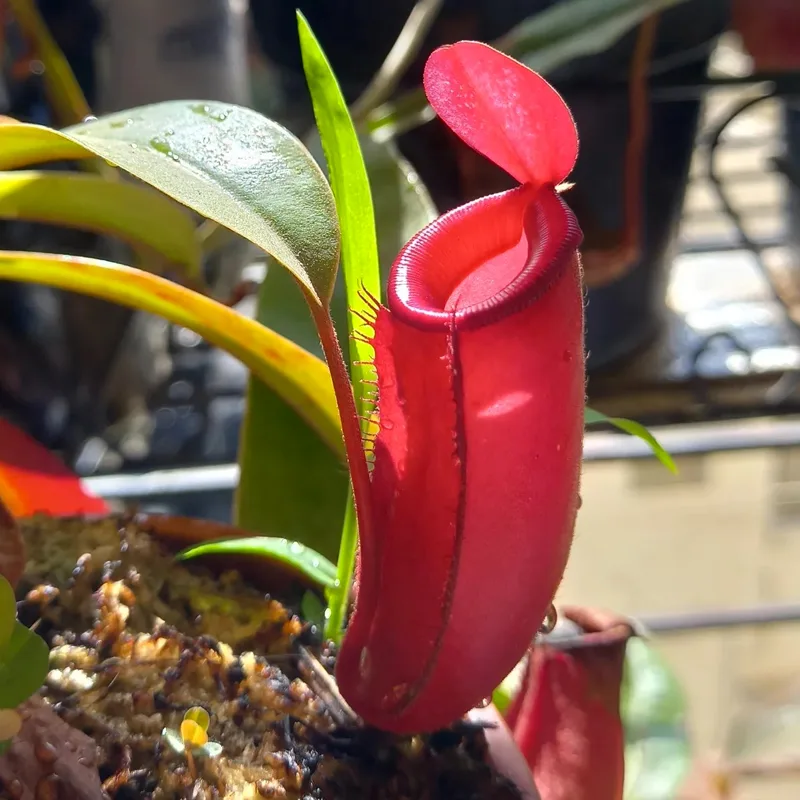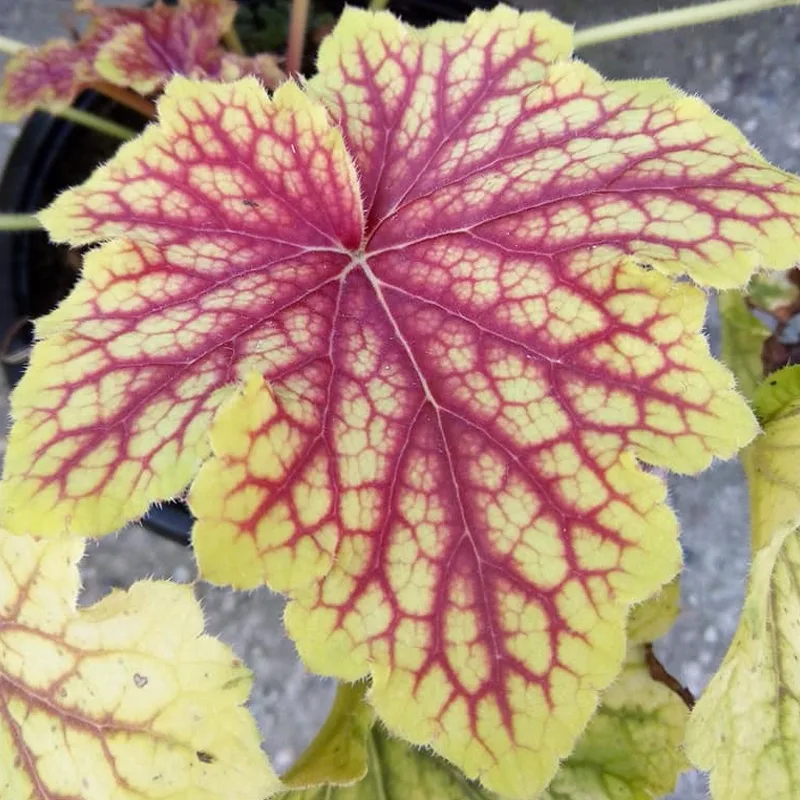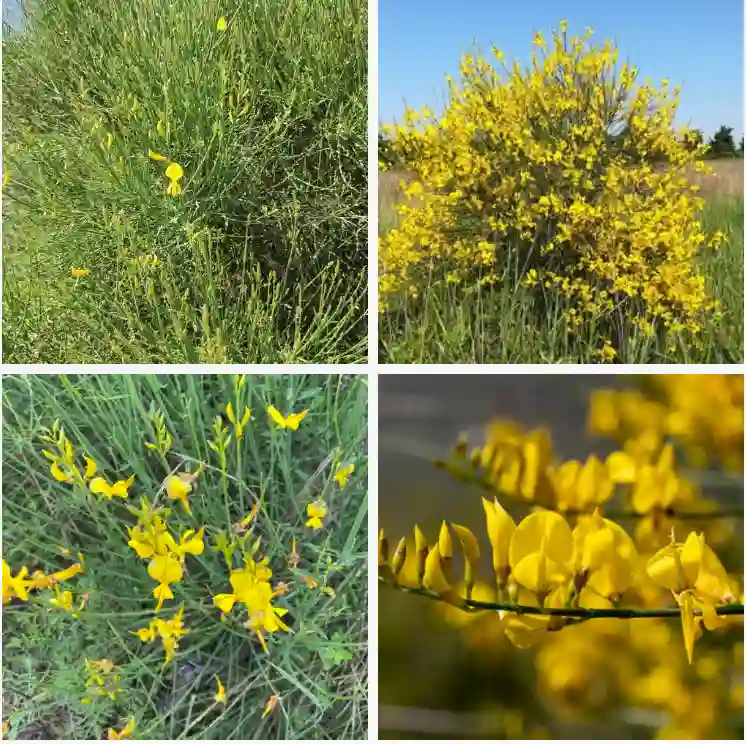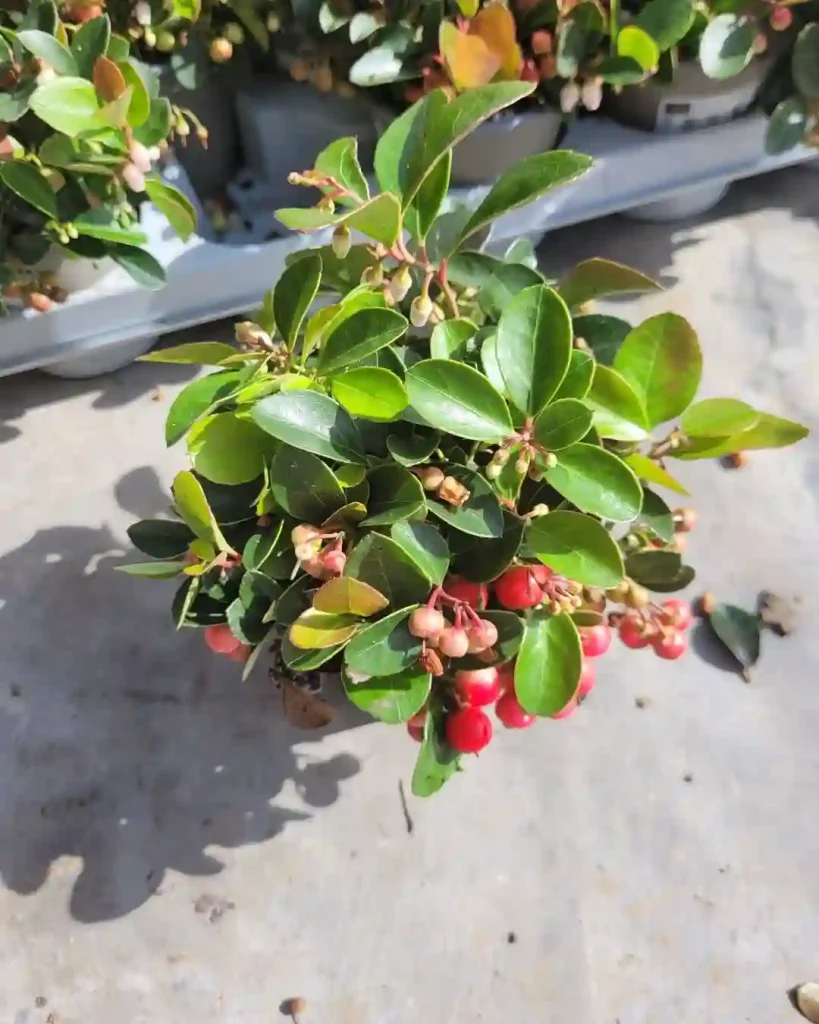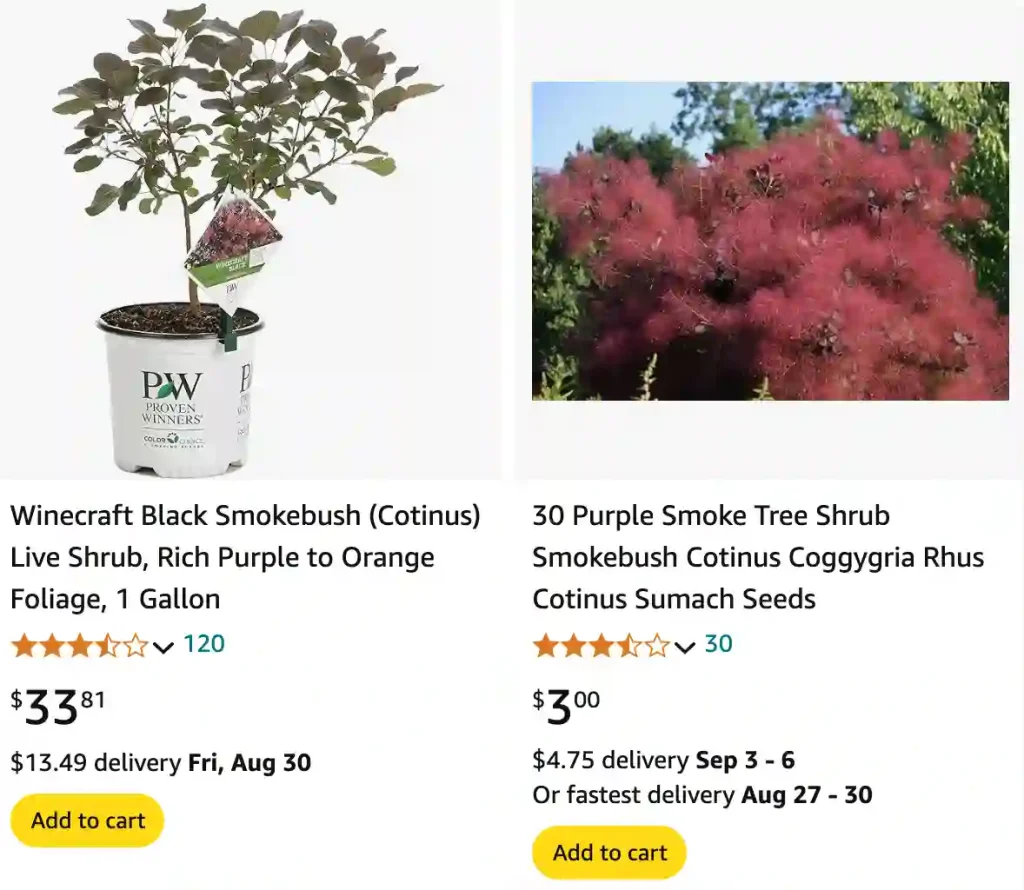
FAQs About Smoke Trees
As a plant enthusiast, I’ve found Smoke Trees to be one of the most intriguing additions to a garden. Their unique appearance and vibrant colors make them a standout. If you’re considering adding a Smoke Tree (Cotinus Coggygria) to your landscape, you might have some questions. Here’s a comprehensive guide to answer the most frequently asked questions about Smoke Trees.
7 Species in Genus Cotinus
What is a Smoke Tree?
A Smoke Tree, also known as Cotinus coggygria, is a deciduous shrub or small tree known for its striking, cloud-like clusters of flowers and vibrant fall color. The “smoke” in its name refers to the fluffy, smoke-like appearance of its flower clusters. These trees are native to Eurasia and North America, adding a touch of exotic beauty to any garden.
What Does a Smoke Tree Look Like?
Smoke Trees are characterized by their large, round leaves and distinctive, plume-like flower clusters. The foliage varies from deep green to purple, and the flower clusters can appear in shades of pink, red, or even yellow. In fall, the leaves turn brilliant shades of red, orange, and purple, providing a spectacular display. The tree’s overall shape is often rounded or spreading, making it an attractive focal point in gardens.
How Big Do Smoke Trees Get?
Smoke Trees can grow quite large, reaching heights of 10 to 15 feet and spreading out 15 to 20 feet. Their size can vary depending on the growing conditions and the specific variety. For instance, the ‘Royal Purple’ variety tends to stay a bit smaller, making it suitable for smaller gardens.
How Fast Do Smoke Trees Grow?
Smoke Trees are relatively slow-growing compared to some other shrubs and trees. On average, you can expect them to grow about 6 to 12 inches per year. While they don’t provide rapid coverage, their long-term growth and striking appearance make them a worthwhile addition.
When Do Smoke Trees Bloom?
Smoke Trees typically bloom in late spring to early summer. The fluffy, smoke-like flower clusters are most prominent during this period, creating a visually appealing display. After blooming, the tree often produces small, inconspicuous fruits.
How to Prune a Smoke Tree?
Pruning is essential to maintain the shape and health of your Smoke Tree. The best time to prune is late winter or early spring before new growth begins. Focus on removing dead or damaged branches and any suckers that grow from the base. For more extensive pruning, cut back the entire shrub by one-third to one-half of its size to encourage new growth and more blooms.
When to Prune a Smoke Tree?
Prune your Smoke Tree in late winter or early spring before the new growth starts. Avoid pruning in late summer or fall as this may stimulate new growth that won’t have time to harden off before winter.
Are Smoke Trees Messy?
Smoke Trees can be a bit messy, particularly when they shed their leaves in the fall. The flower clusters can also leave behind a lot of debris. However, many find the visual appeal of the blooms and foliage outweighs the cleanup.
Are Smoke Trees Deer Resistant?
Yes, Smoke Trees are generally considered deer-resistant. Their foliage and flowers are not particularly appealing to deer, making them a good choice if you have a problem with deer in your garden.
Are Smoke Trees Evergreen?
No, Smoke Trees are not evergreen. They are deciduous, meaning they lose their leaves each fall. However, their vibrant fall colors and distinctive winter structure still provide seasonal interest.
Are Smoke Trees Poisonous?
No, Smoke Trees are not known to be poisonous to humans or animals. However, as with many plants, it’s best to avoid ingesting any part of the plant.
Smoke Tree vs. Smoke Bush
The terms “Smoke Tree” and “Smoke Bush” are often used interchangeably, but they can refer to different plants. The term “Smoke Tree” usually refers to Cotinus coggygria, while “Smoke Bush” can also refer to other species like Cotinus obovatus. Both have similar appearances but may differ in growth habits and flower colors.
Smoke Tree vs. Tamarisk
Smoke Trees and Tamarisks (Tamarix spp.) are quite different. Smoke Trees have large, fluffy flower clusters and vibrant fall foliage, while Tamarisks feature feathery, pink to white flowers and narrow, scale-like leaves. Tamarisks tend to be more shrub-like and can grow taller than Smoke Trees.
How to Care for a Smoke Tree?
Caring for a Smoke Tree involves providing well-drained soil and a sunny location. They are drought-tolerant once established but benefit from regular watering during dry periods. Fertilize sparingly, as excessive feeding can lead to excessive foliage growth at the expense of flowers.
How to Propagate a Smoke Tree?
You can propagate Smoke Trees through seeds or cuttings. Seeds should be sown in a cold frame or directly into the soil in spring. For cuttings, take softwood cuttings in late spring or early summer and root them in a well-drained medium.
What to Plant with a Smoke Tree?
Smoke Trees pair well with other ornamental shrubs like Japanese maples, hydrangeas, and grasses. Their bold foliage and flowers can complement a variety of garden styles, from modern to cottage gardens.
Common Problems with Smoke Trees
Common issues with Smoke Trees include powdery mildew and aphid infestations. Ensure proper spacing for good air circulation and treat any pest problems promptly.
Adding a Smoke Tree to your garden can be a rewarding experience. Their unique appearance and seasonal interest make them a valuable addition, and with proper care, they can thrive and enhance your landscape for years to come.
If i die, water my plants!
